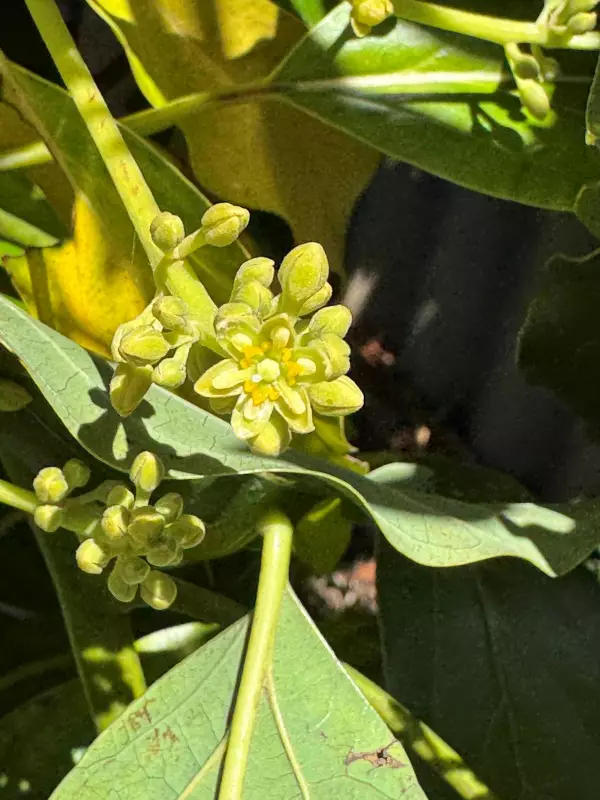
The Fascinating World of Avocado Pollination
Avocado trees represent one of the most rewarding evergreen species you can cultivate in Western Australian gardens, despite their substantial size and considerable water requirements. These magnificent trees rank among the longest-living and most productive rainforest species suitable for planting across WA's diverse landscapes.
Australian gardeners typically cultivate Guatemalan or Mexican avocado varieties, which demonstrate exceptional adaptability to our warm climate conditions. While avocado trees can vary significantly in both shape and height, they generally grow quite tall and benefit from partial shade, making them perfect as natural screening trees to create privacy between buildings.
Understanding Avocado Flowering Patterns
The key to successful avocado fruit production lies in comprehending their remarkably complex pollination process, which leaves many gardeners astonished that these trees manage to produce fruit at all. Each individual avocado flower contains both male and female reproductive components, but these open during completely separate temporal phases.
For two consecutive days, every flower on an avocado tree will be either exclusively male or exclusively female at any given moment. The specific timing of these phases varies between two distinct avocado classifications.
Group A avocados initiate their flowering cycle with the female phase during the morning of the first day, then transition to the male phase during the afternoon of the second day. Conversely, Group B avocados begin as female flowers in the afternoon of day one, then shift to male flowers on the morning of day two.
This intricate reproductive cycle stands as one of the most complex processes among all fruit trees commonly grown in domestic gardens.
Identifying Flower Phases and Common Challenges
When examining avocado flowers closely with magnification equipment, gardeners can observe distinctive characteristics differentiating the phases. During the female flowering stage, the female components appear vase-shaped and lie flat against the sepals. The single stigma positioned centrally becomes clearly visible and receptive to pollen during this period.
In the male phase, the three or four anthers and stamen stand completely upright, resembling small prongs extending from the flower's center, effectively obscuring the stigma from view. At this developmental stage, the anthers prepare to release their pollen into the environment.
Many Australian gardeners encounter significant challenges when attempting to grow avocado trees from seed, often resulting in complete fruit production failure. Seed-propagated trees can require up to fifteen years before bearing fruit, and the resulting avocados frequently demonstrate inferior quality compared to grafted varieties.
Adding to the confusion, some gardeners successfully obtain fruit from solitary trees. Sabrina Hahn herself maintains a twelve-year-old Reed avocado tree, typically employed as rootstock for grafting procedures, which reliably produces beautiful fruit annually despite the absence of other avocado trees in the immediate vicinity.
Expert Gardening Tips for Western Australia
Grafting seed-grown avocado trees with known varieties ensures both fruit production and superior fruit quality, representing a crucial technique for serious avocado cultivators.
This week's essential gardening tasks include planting heat-tolerant lettuce varieties such as Buttercrunch, Yellow Leaf, Royal Oakleaf and Goldrush. Lettuce grows exceptionally well in containers, allowing gardeners to harvest only the leaves they immediately require.
Vigilance regarding grape blister mites on grapevines remains essential during this season. Apply wettable sulphur sprays if predatory mites aren't present in your garden ecosystem.
Applying mulch to garden beds before intense summer heat arrives provides critical protection for plant root systems. For maximum benefit, maintain mulch depth at approximately five centimeters throughout your garden beds.
Avocados represent remarkably complex plants requiring detailed cultivation knowledge to achieve optimal results. Gardeners seeking additional guidance can submit questions to Sabrina Hahn through The West Australian's Green With Envy column.





